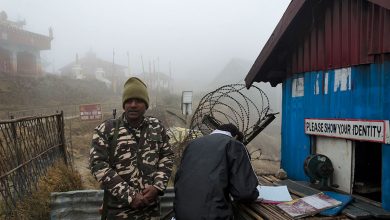Jadugora is a tiny village noted for its hard-working tribal inhabitants, attractive scenery, and thick woodlands. In 1951, the Indian government found the uranium treasures of this area. That was a fortunate finding for India, which sought to become a major global actor with its own nuclear weapons program. Unfortunately, Jadugora and its residents are now living in a nightmare created by uranium mining and processing.
This little hamlet is home to the best uranium ore in the world, magnesium diuranate, the fuel for India’s nuclear dream and Jadugora’s misery. This toxic feed for the country’s reactors is gradually wiping off an entire generation of tribals who live in the area. There are further uranium deposits at Bhatin, Narwa Pahar, Turamdih, Banduhurang, Mohuldih, and Bagjata within a 25-km radius of Jadugora. Local populations believe that Jaduguda Mine has irrevocably altered their life and their land, despite the Uranium Corporation’s assertion that the mine has increased the industry’s talent base for uranium mining. The uranium mining and milling activities create dust and release radon gas, both of which miners inhale and induce internal irradiation. This is only one of the ways that the residents of Jadugora are exposed to radioactivity.
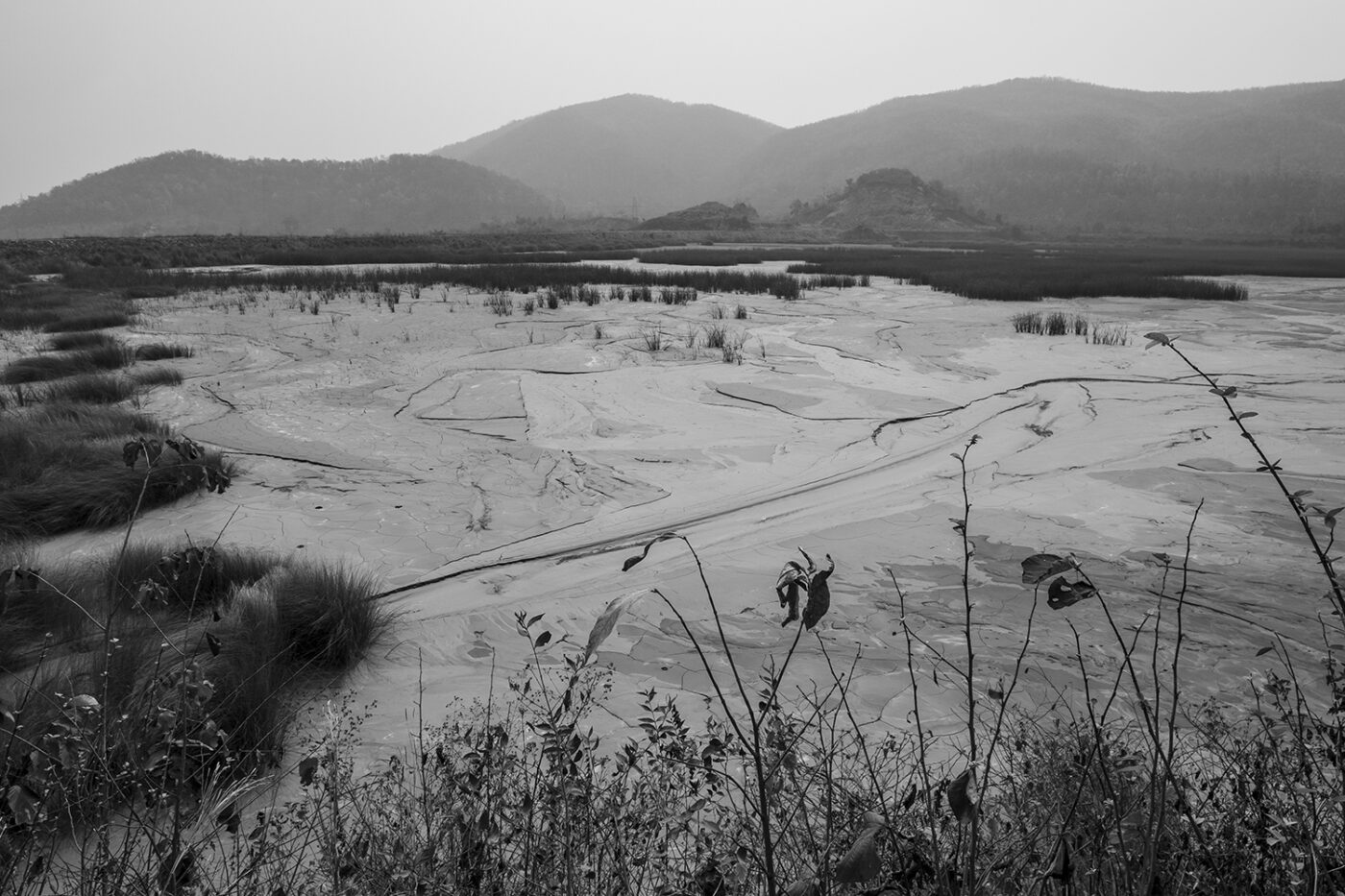
The waste produced during uranium processing is kept in an engineering structure called a tailing pond where it is stored as slurry.
The villages closest to the tailing ponds are the most severely impacted. The tailings’ dust drifts through these towns throughout the dry season. The radiation from the tailing ponds and the tainted water sources, according to villager complaints, are to blame for their suffering.
Radioactive waste leaks into local creeks and rivers during the monsoon season, exposing communities to more internal radiation when they bathe and drink the tainted water and fish in the nearby ponds.
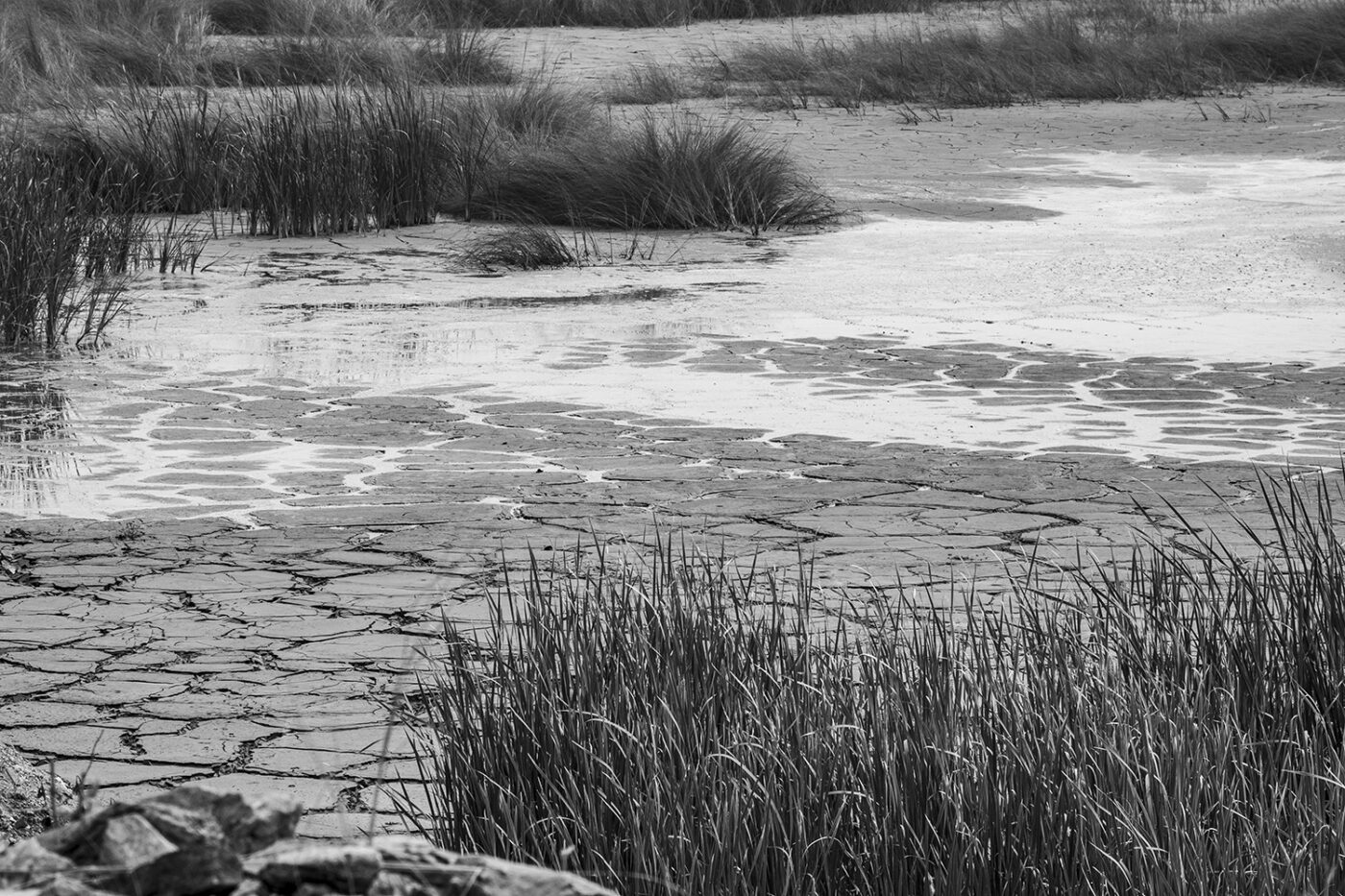
For years, the desperately impoverished people who live in scattered communities in the shadow of these mines have been plagued by a mystery: what is causing the wasting illnesses that are deforming and murdering so many of their children?
For a long time, local villagers believed that certain forest areas were cursed—an evil gaze could affect a woman passing through the area, causing her to have a miscarriage or causing people to feel dizzy. These areas coincided with forest spaces around tailing ponds. In cultural translation, the regions surrounding tailing ponds became infested with ‘evil spirits.’ However, as people became more enlightened, they connected their difficulties to mining activities.
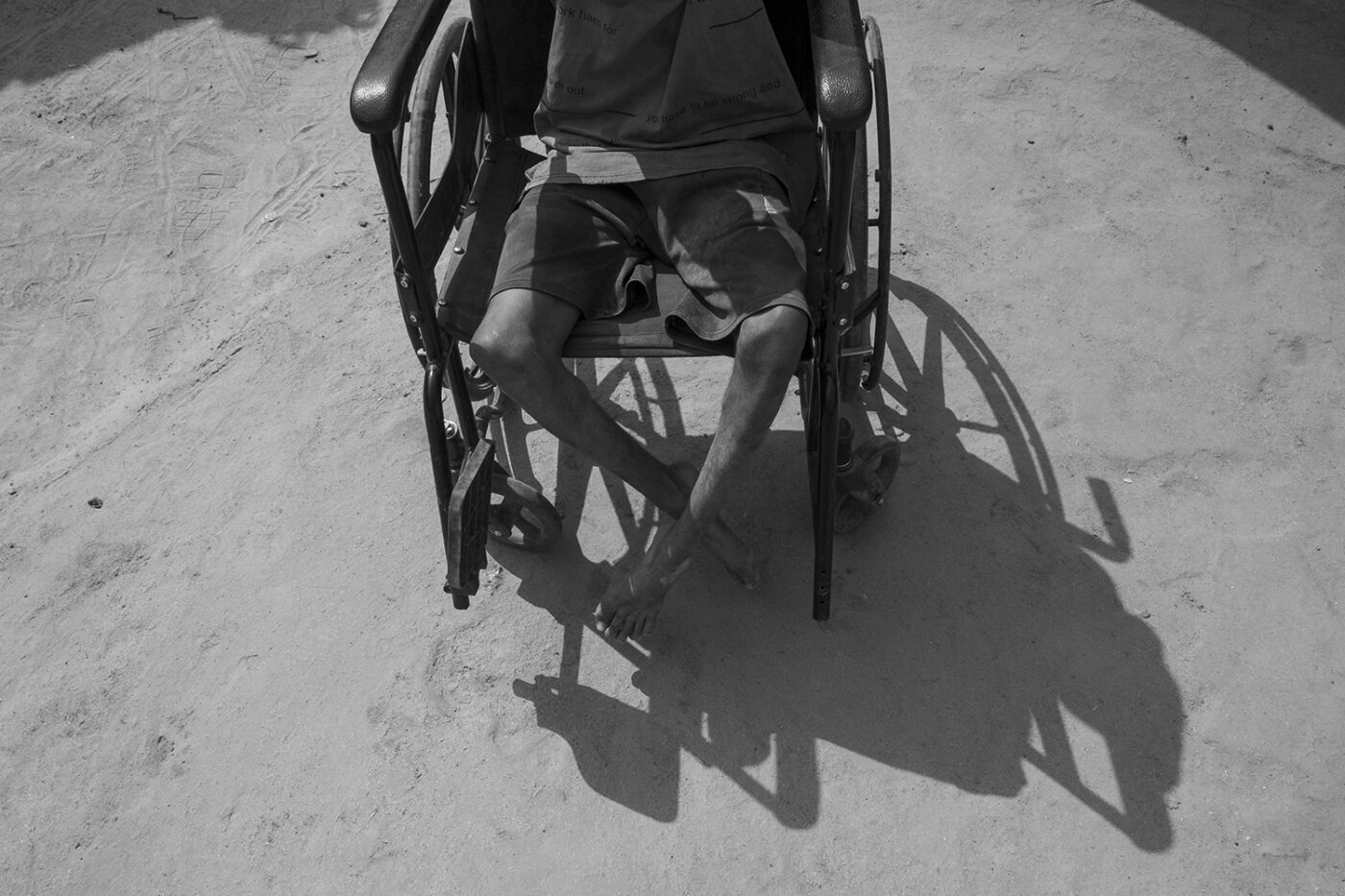
The health concerns associated with uranium mining disproportionately impact indigenous people in and near the uranium mining operations region, with up to 50,000 persons at risk, according to the court.
Youngsters born near mines have larger heads, blood abnormalities, and skeletal malformations, according to the court. Cancer is a more prevalent cause of mortality in areas near uranium mines.
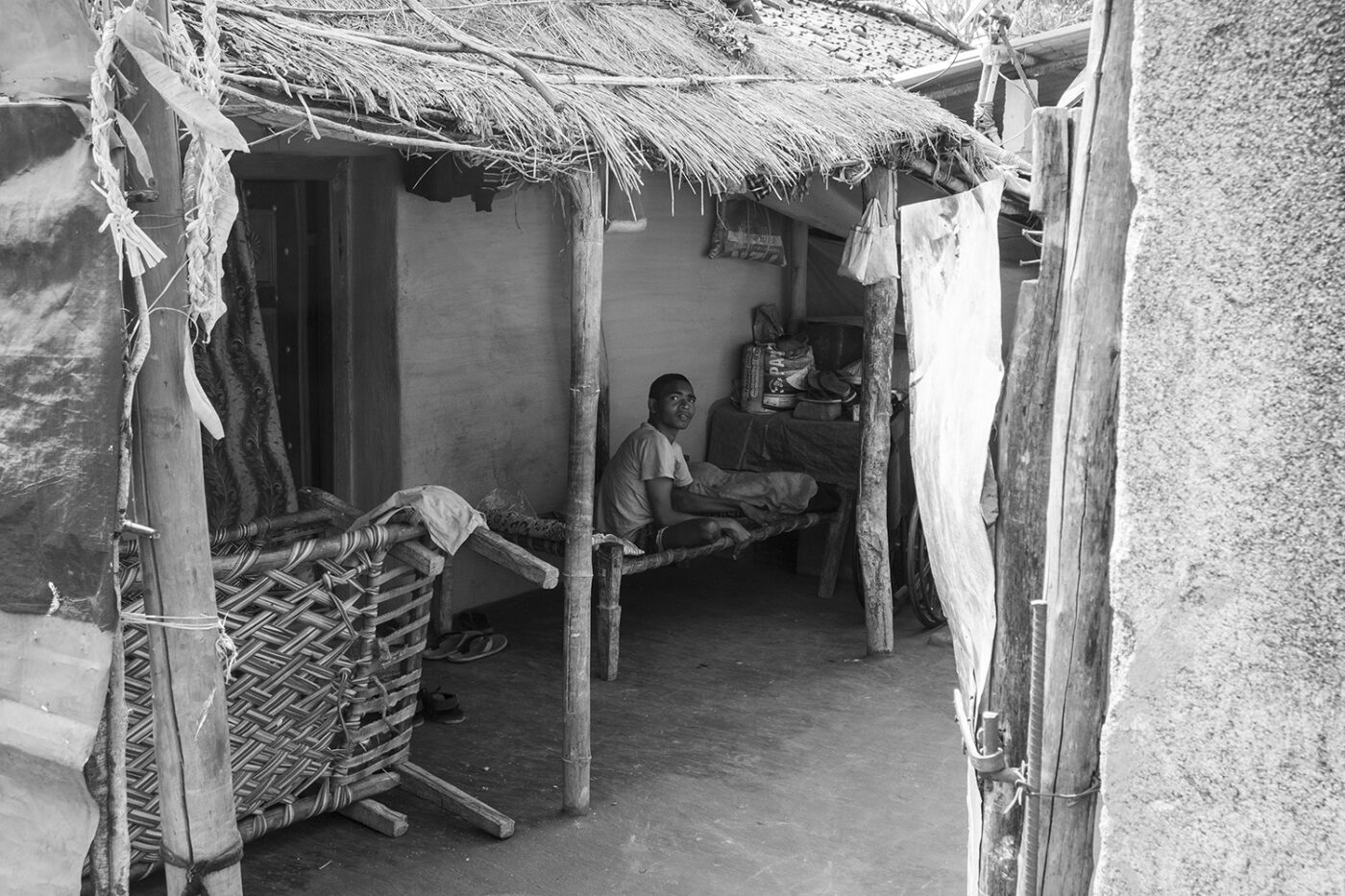
The Supreme Court isn’t the only one who is concerned. An Indian doctor’s organization presented survey data in 2007 that showed villages near the mines had substantially higher rates of congenital malformations and deaths from such abnormalities than those 20 kilometers away.
According to research conducted by a team from Indian Doctors for Peace and Development (IDPD), there has been a marked increase in the number of babies born with congenital abnormalities, increasing sterility, and cancer-related fatalities.
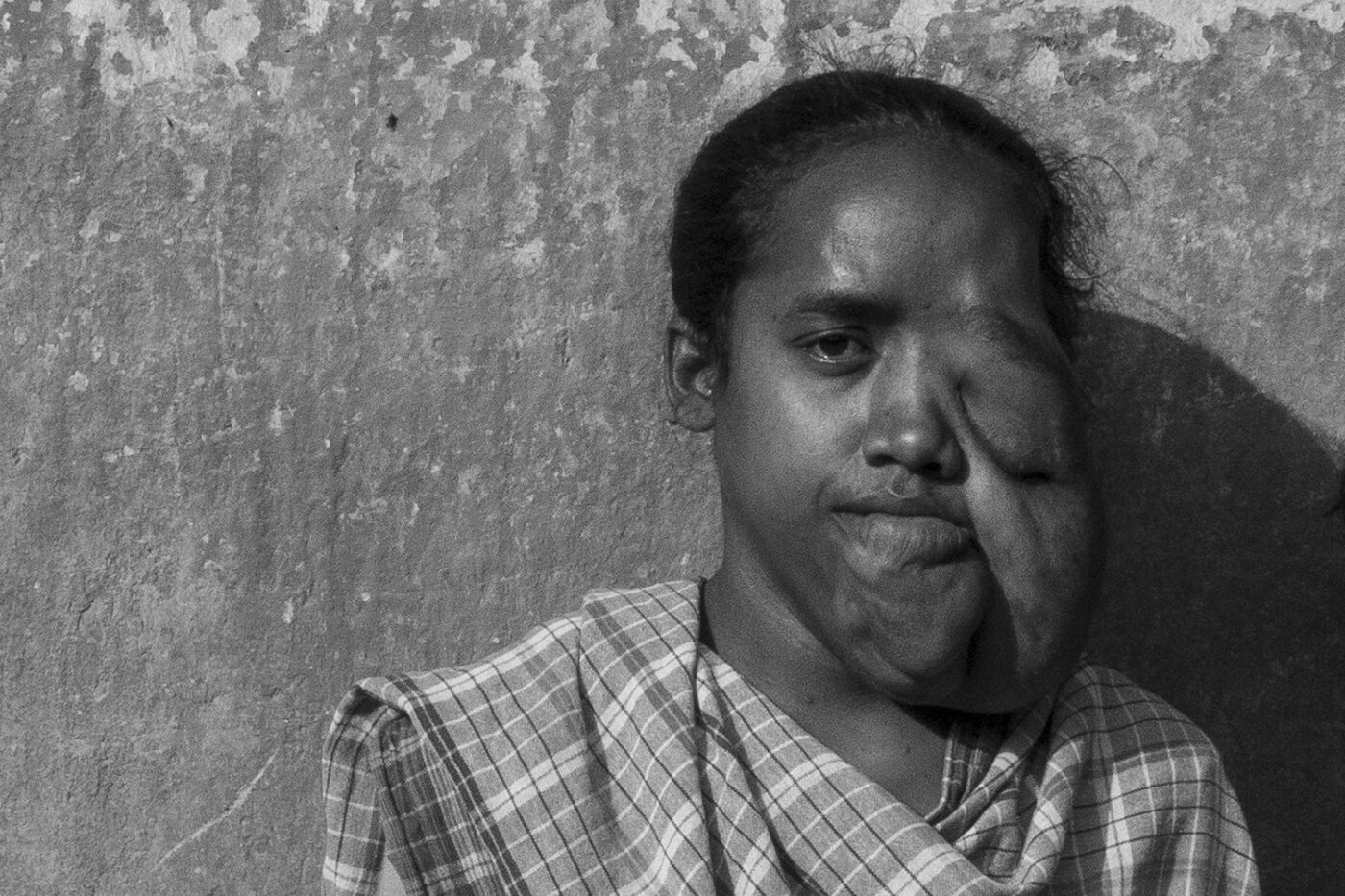
It has also been shown that those who live close to mines had lower life expectancies, with 68.33% of them passing away before the age of 62. High levels of uranium contamination were found, according to second research conducted by scientists at Kyoto University in Japan, in the vicinity of the tailing pond and along the stream that takes the waste to the Subernarekha river.
The firm in charge of mining, UCIL (Uranium Corporation of India), refuses to recognize the issues facing the local populations and continues to expand by starting additional mines in Jadugora and elsewhere in the nation.
The business needs to meet public requests, handle radioactive materials in accordance with international safety regulations, and give victims of radiation exposure the treatment they need.
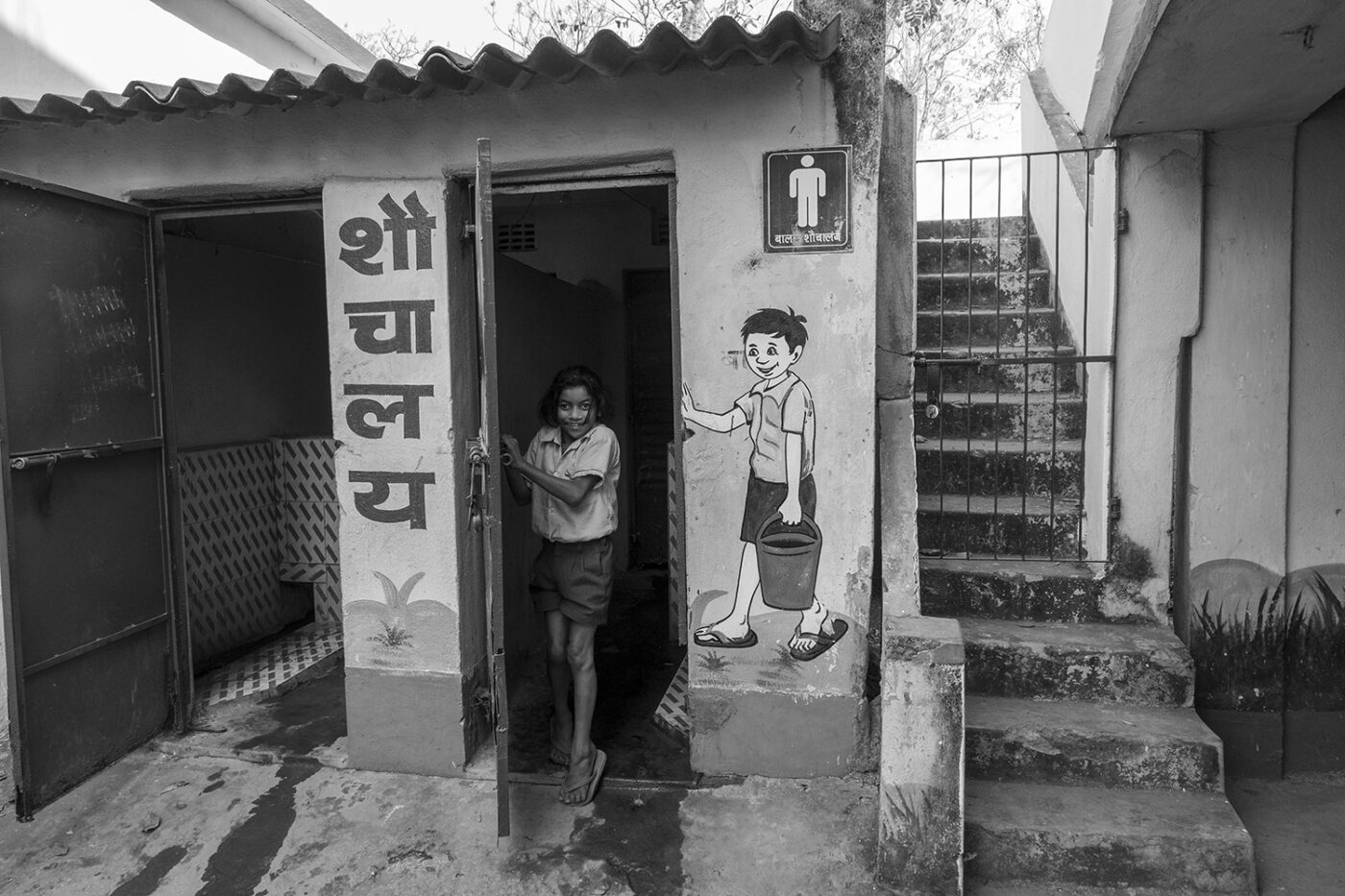
UCIL refutes assertions made by civil society organizations and indigenous tribes on the negative effects of uranium mining on the environment and human health. They contend that tests conducted by experts have demonstrated that illnesses in adjacent towns are not brought on by radiation but rather by other elements, such as unhygienic living conditions. Also, they claim that studies of plant and animal species have revealed no substantial changes in background radiation as a result of UCIL operations, and statistical data collected on a monthly basis shows no significant influence of the company’s operations on water bodies.
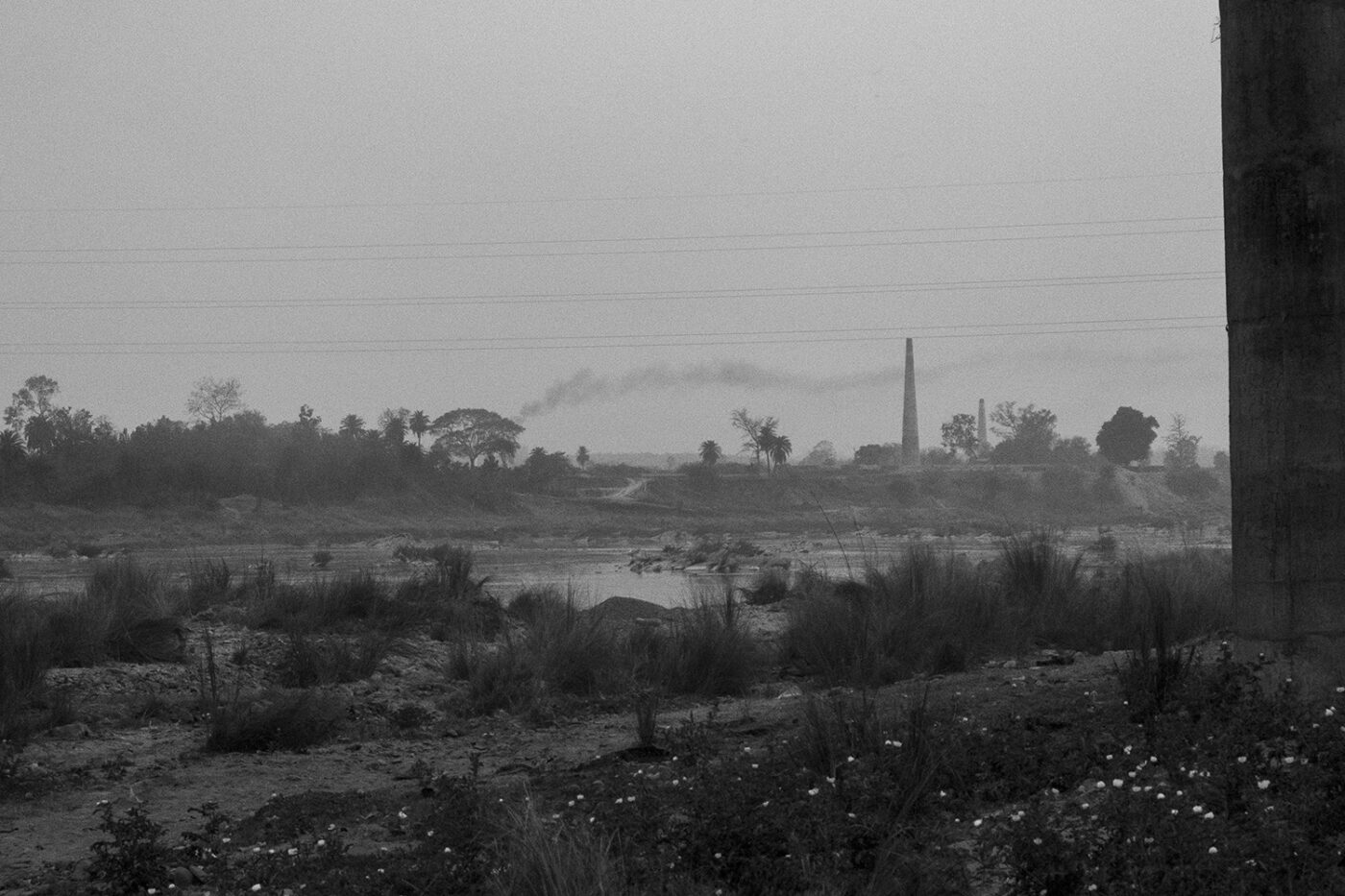
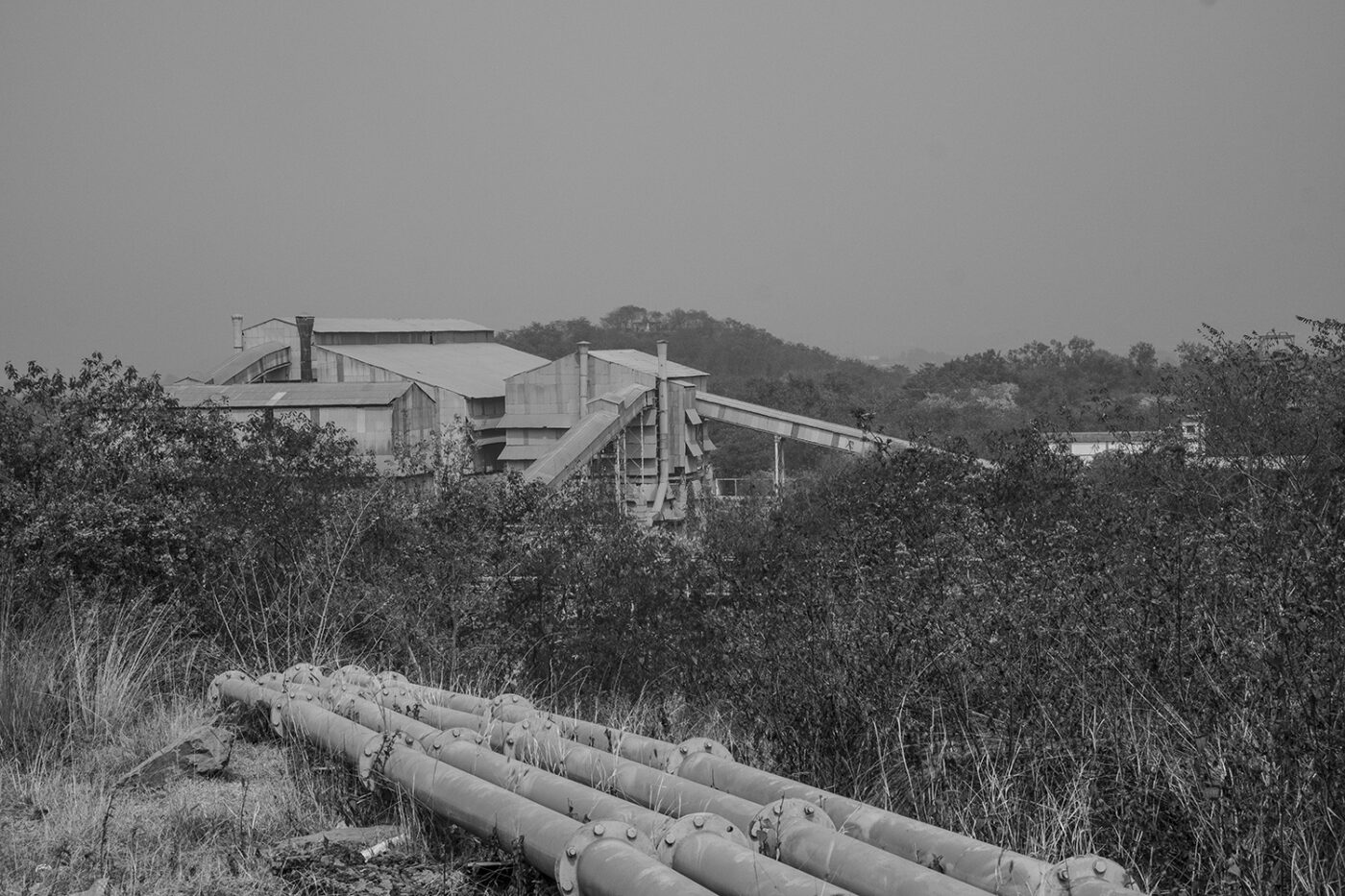
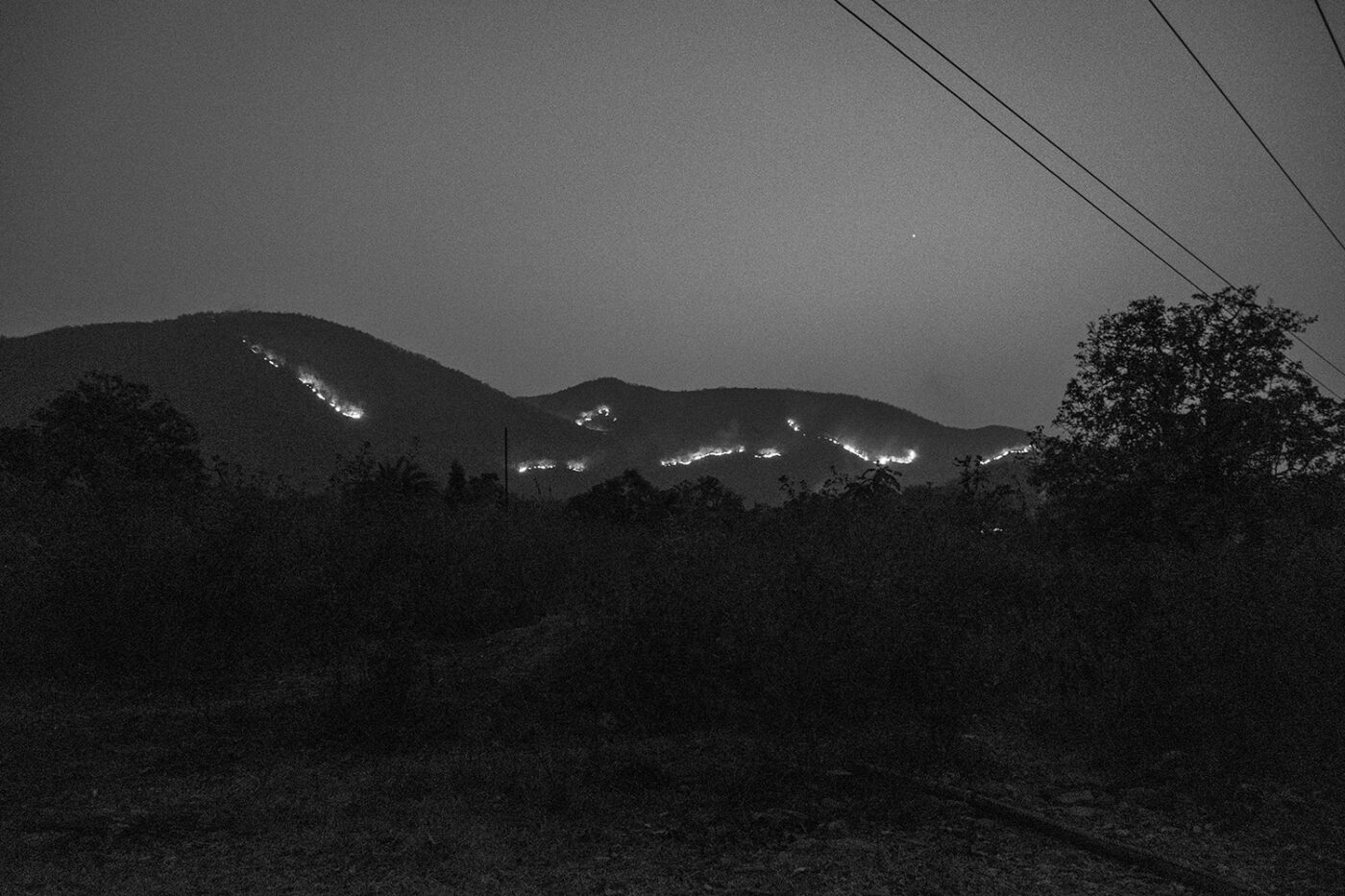
In addition to health issues, mining is causing indigenous tribes to lose their land, means of subsistence, and traditions.




